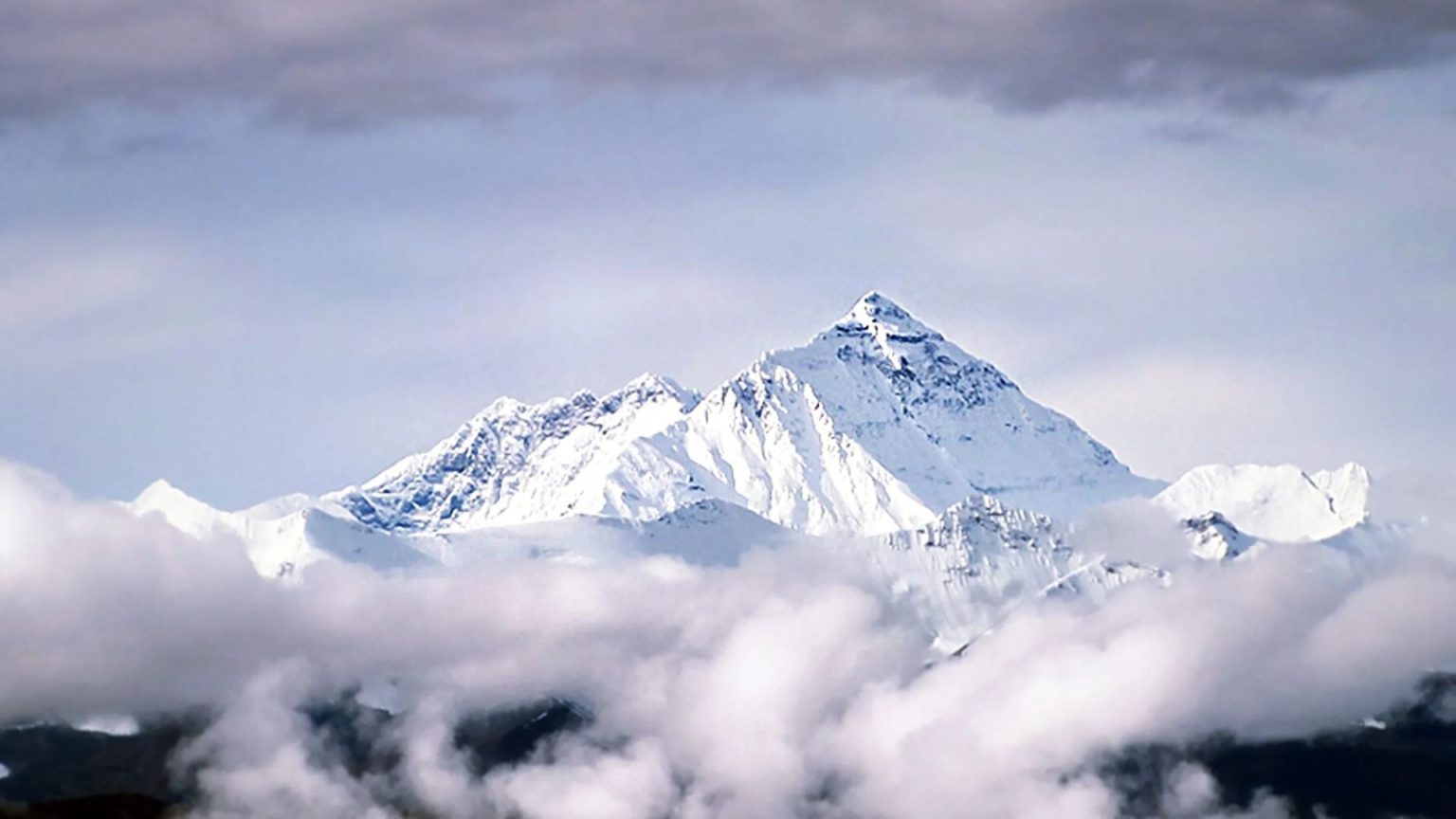Deep within the Earth’s interior, far beyond the reach of sunlight and human exploration, lie colossal mountain ranges that dwarf even the mighty Mount Everest. These subterranean giants, known as Large Low-Shear-Velocity Provinces (LLSVPs), reside at the boundary between the Earth’s mantle and core, approximately 1,200 miles beneath the surface. Two primary LLSVPs have been identified, one situated beneath Africa and the other beneath the Pacific Ocean. Their immense scale is truly staggering, with each LLSVP stretching an estimated 620 miles high, a measurement over 100 times greater than the height of Mount Everest, which stands at approximately 5.5 miles.
These hidden mountain ranges were first hinted at in the 1990s when researchers observed anomalies in seismic wave behavior. Seismic waves, generated by earthquakes, travel through the Earth’s interior at varying speeds depending on the density and composition of the materials they encounter. Scientists noticed that these waves slowed down significantly when passing through specific regions deep underground, indicating the presence of large, unusual structures. These zones of slowed seismic velocity were the first clues to the existence of the LLSVPs.
Further investigation, using sophisticated seismic tomography techniques akin to taking “X-rays” of the Earth’s interior, has provided a clearer picture of these massive formations. Large earthquakes cause the planet to resonate like a bell, and the presence of anomalies like LLSVPs disrupts these vibrations, creating an “out of tune” effect. By analyzing these disruptions, scientists have not only been able to determine the size of the LLSVPs but also gain insights into their ancient origins.
The Earth’s mantle, the thickest layer of the planet, is known to behave like a viscous fluid over geological timescales, with material slowly churning and moving. However, the LLSVPs appear to defy this dynamic. They remain remarkably static, suggesting they have been in place for an incredibly long time, possibly even since the Earth’s formation billions of years ago. This extraordinary longevity sets them apart from the constantly shifting tectonic plates on the Earth’s surface.
The composition of the LLSVPs also differs from the surrounding mantle material. While the mantle is generally composed of relatively fine-grained rock, the LLSVPs appear to consist of much larger mineral grains. The formation of these large grains requires immense periods, further supporting the theory of their ancient origins. This difference in grain size contributes to the rigidity of the LLSVPs, preventing them from participating in the mantle convection currents that drive the movement of tectonic plates. Essentially, these subterranean mountains are too massive and too rigid to be swept along by the slow flow of the mantle.
The discovery of the LLSVPs has significantly altered our understanding of the Earth’s internal structure. It challenges the previous notion of a well-mixed mantle and suggests that the flow of material within the mantle is not as uniform or rapid as once believed. These massive, stationary structures play a significant role in the dynamics of the Earth’s interior, influencing the movement of heat and material. They also serve as a sort of “graveyard” for subducted tectonic plates, which sink into the mantle and become incorporated into the LLSVPs.
While the prospect of scaling these colossal mountains might seem tantalizing, it remains firmly in the realm of science fiction. The extreme depths, intense pressures, and scorching temperatures of the Earth’s interior make human exploration currently impossible. These hidden giants remain beyond our direct reach, their secrets locked away deep within the planet.
Despite their inaccessibility, the LLSVPs hold crucial clues to the Earth’s history and evolution. Their immense size, ancient origins, and unique composition provide valuable insights into the processes that have shaped our planet over billions of years. While Mount Everest might still claim the title of the tallest mountain above sea level, the LLSVPs hold the crown for the ultimate peaks in Earth’s hidden landscape, silent, unseen, and enduring through the ages. Their discovery has opened up a new frontier in our understanding of the Earth’s interior, revealing the existence of a hidden world far more complex and dynamic than previously imagined.
The continued study of LLSVPs holds significant promise for unlocking further secrets about our planet. By analyzing the subtle variations in seismic waves as they pass through these structures, scientists can refine their models of the Earth’s interior and gain a deeper understanding of its composition, temperature, and dynamics. This knowledge is crucial not only for understanding the Earth’s past but also for predicting its future behavior, including the movement of tectonic plates and the occurrence of earthquakes and volcanic eruptions.
The LLSVPs also offer a unique window into the early Earth. Their ancient origins suggest that they may hold clues to the conditions that prevailed during the planet’s formation. By studying their composition and structure, scientists hope to gain insights into the processes that led to the differentiation of the Earth into its core, mantle, and crust, and the evolution of the planet’s internal heat engine.
Furthermore, the LLSVPs challenge our conventional understanding of mantle convection. Their stability and resistance to flow raise questions about the driving forces behind plate tectonics and the distribution of heat within the Earth. This has led to the development of new models of mantle dynamics that incorporate the influence of these massive, stationary structures.
The exploration of the Earth’s deep interior is a frontier of science that is constantly evolving. New technologies and techniques are constantly being developed, allowing scientists to probe deeper and with greater precision than ever before. As our understanding of the LLSVPs and other deep-Earth structures improves, we can expect to gain even more profound insights into the workings of our planet and its long and complex history.




